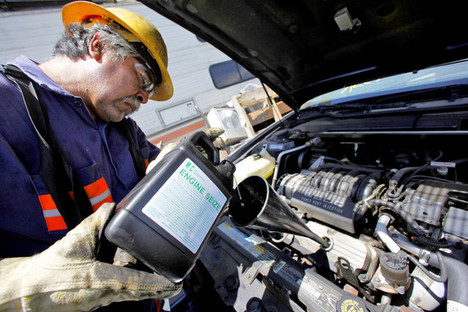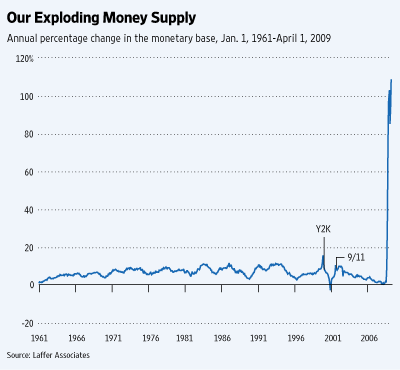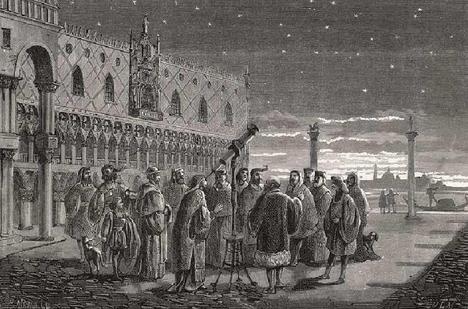(p. 5) Development is a complicated phenomenon. Decades before he popularized the phrase “creative destruction,” Joseph Schumpeter, the Austrian School economist, was honing his ideas about innovation and disruptive change in “The Theory of Economic Development.”
Disruptive change, creative destruction, is what I’m living every day. In the big cities, India’s economic development can seem so simple. Business thrives, the middle and upper classes are celebrating, and the country is moving inexorably ahead.
But around here, where a way of life is disappearing and no one knows what will take its place, where someone seems to lose for everyone who wins, it’s a lot harder to know what to make of India’s economic boom. From my vantage point, development seems both wonderful and frightening; it is both inspiring and, at times, dispiriting.
People sometimes ask me how I feel about India’s economic development. I tell them the truth. I say I don’t know. I say I feel ambivalent about the passing of a world I knew as a child, a transition that I know is inevitable and probably even desirable. But I haven’t reconciled myself to it yet.
For the full commentary, see:
AKASH KAPUR. “An Indian Says Farewell to Poverty, With Jitters.” The New York Times, Week in Review Section (Sun., August 8, 2009): 5.






